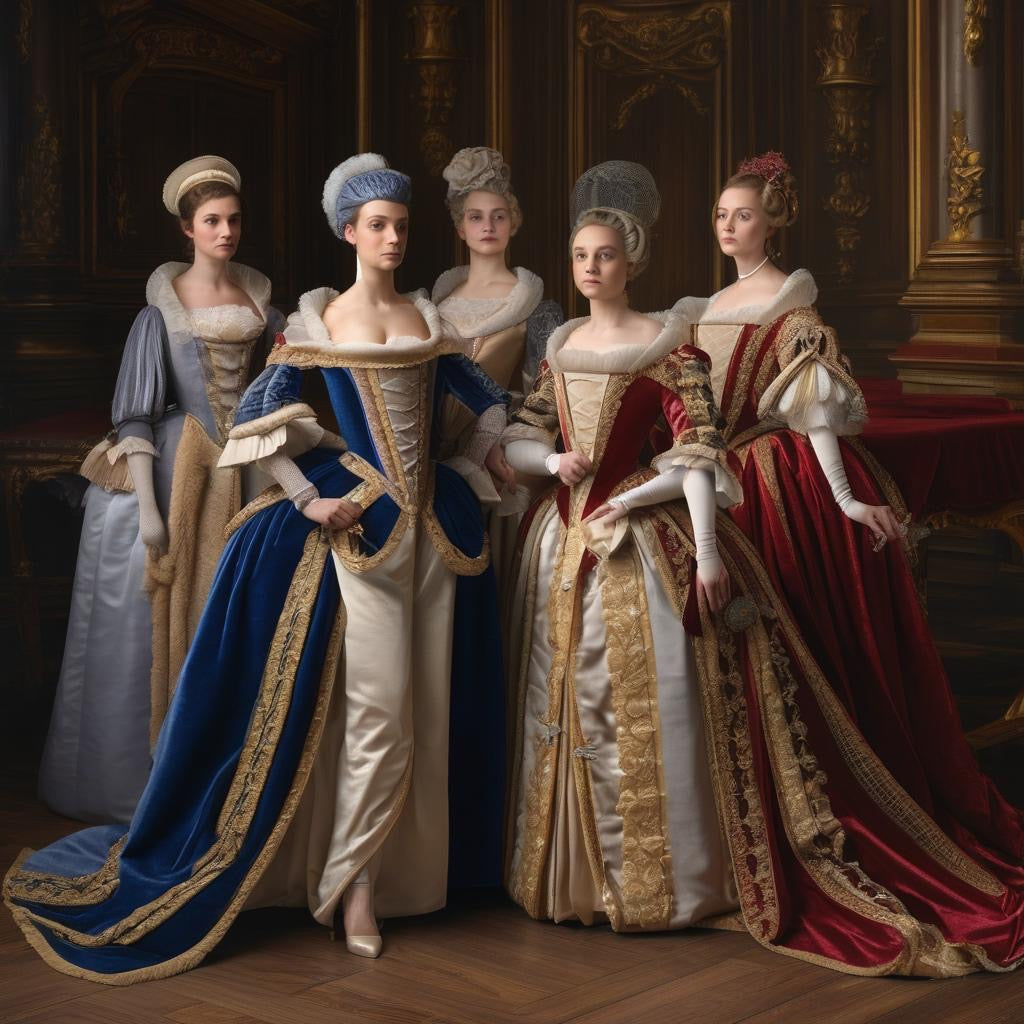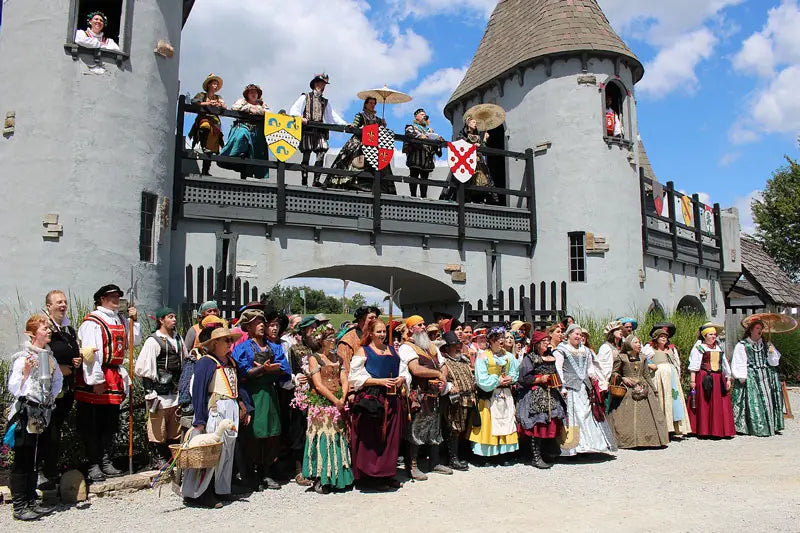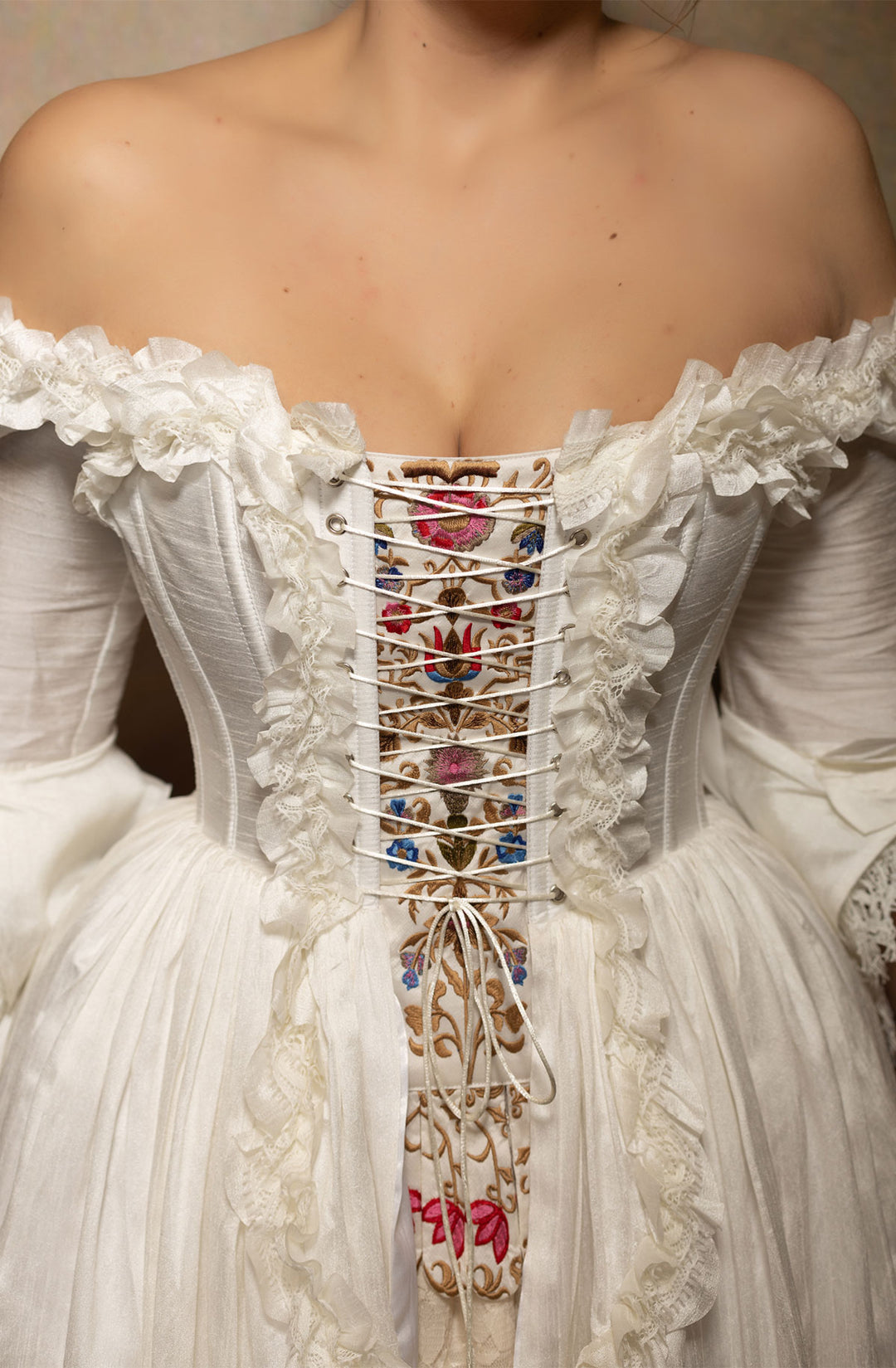
A lady-in-waiting was an integral part of the historical Medieval and French court dress fashion scene, moving silently behind the grandeur of royal women and impacting the evolution of fashionable trends. These women, typically from the nobility, served as personal assistants to queens, princesses, or high-ranking noblewomen. Their duties extended far beyond mere servile obligations — they played a pivotal role in courtly ceremonies, and in some instances, were entrusted with significant political responsibilities.
The fashionable trends started in the inner chambers of royal courts found their way into the public sphere often through these ladies-in-waiting, becoming a beacon of style for the society at large. Their attire, which was defined by the class and status they were affiliated with, often included long sleeves, snug bodices, and broad lapels - staples of their court dress. Though they were not at liberty to outshine their mistresses, they certainly had the privilege to exhibit a refined level of sartorial elegance.
There was a myriad of accessories adorning these ladies, transforming them into fashion icons for commoners. From exquisite jewelry, courtesy of renowned artists like Francis Hayman, to Pamela prints - a rage in the 18th century, their style was eclectic. The redingote, a coat dress with wide lapels and versatile profiling, became an embodiment of elegance for these ladies, often captured beautifully in Pamela paintings. It was not just about the clothes they wore, but how they presented themselves in society, establishing a precedence for future 'ITGirl fashionistas'.
This graduated importance of the lady-in-waiting in influencing fashion, especially in the Elizabethan or Tudor era through the French court or Baroque period, underscores the evolving role of women these unsung shapers of style. Elegant, dedicated, and meticulously dressed, they were far from mere attendants — they were the signifiers of change, the catalysts of fashion revolutions.






Leave a comment